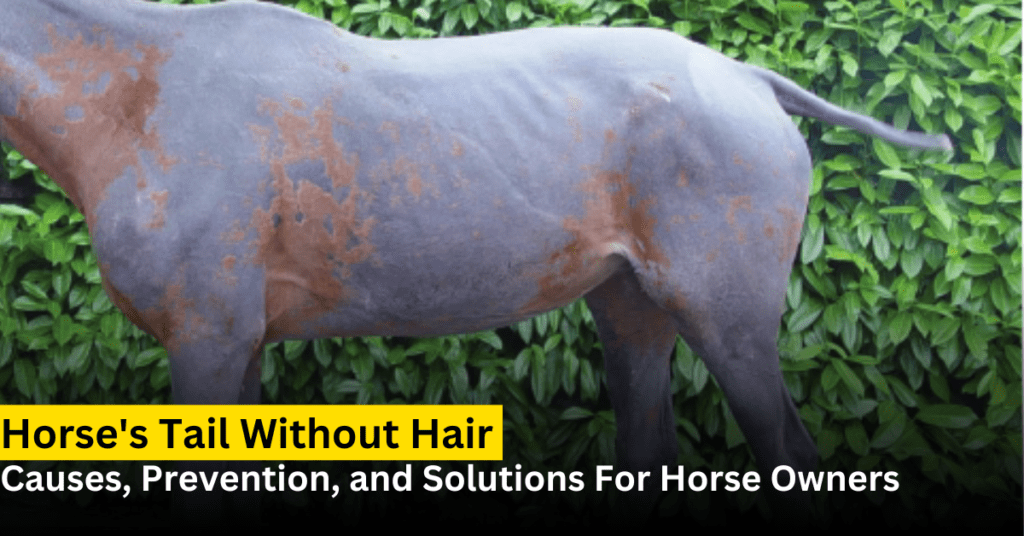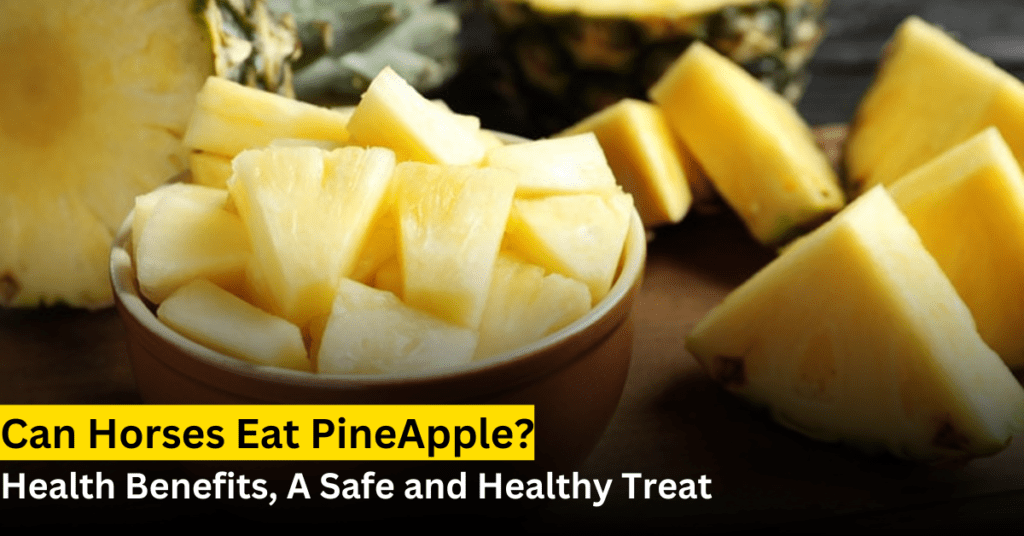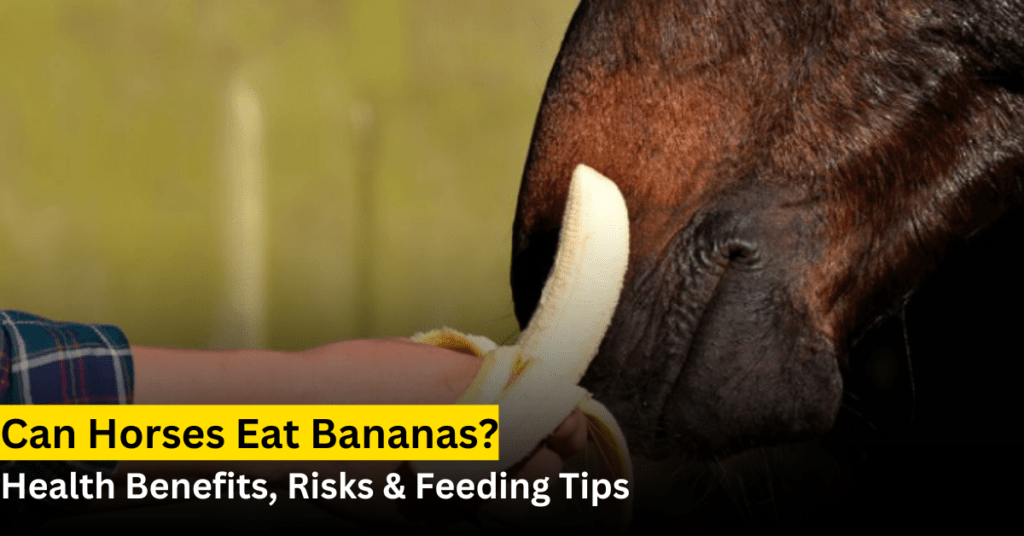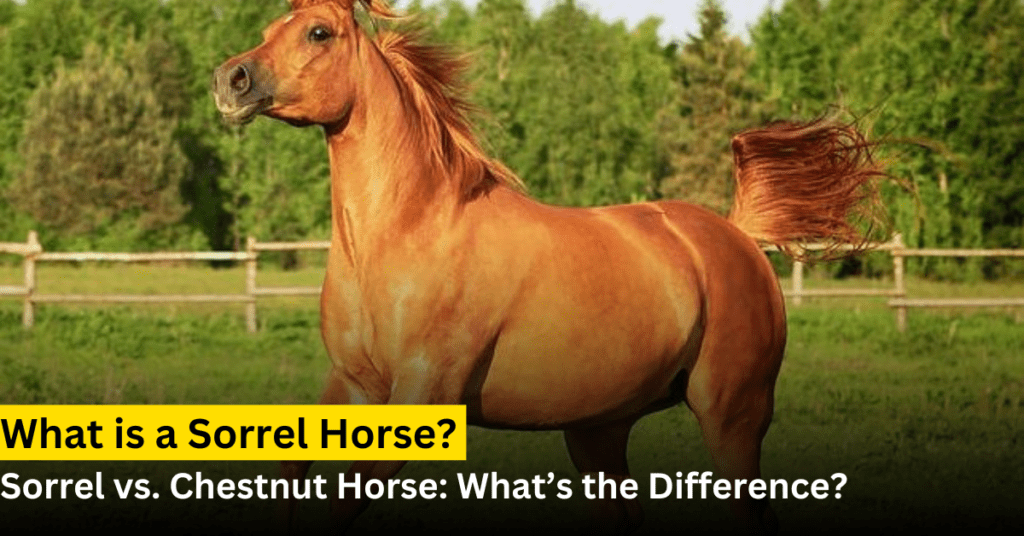A horse’s tail is not just a beauty symbol but also serves practical purposes such as swatting flies and maintaining balance. However, tail hair loss in horses can be concerning for owners. In this article, we’ll explore the causes, prevention tips, and solutions for a horse’s tail without hair.
Causes of Hair Loss in Horse Tails
- Parasites: External parasites like lice and mites often irritate horses, leading to excessive scratching and tail rubbing, which causes hair loss.
- Allergies: Allergic reactions to bedding, feed, or environmental factors can lead to itching and subsequent hair damage.
- Grooming Habits: Over-brushing or using harsh grooming tools can weaken the hair and cause it to break.
- Poor Nutrition: A lack of essential vitamins and minerals in a horse’s diet can result in brittle tail hair and excessive shedding.
- Fungal Infections: Skin infections such as rain rot or ringworm may lead to hair thinning or bald spots.
- Injury or Trauma: Tail injuries or repeated friction from rugs and tack can damage hair follicles, leading to hair loss.
Prevention Tips for Healthy Horse Tails
- Regular Grooming: Use soft brushes and detanglers to avoid breakage and maintain healthy hair growth.
- Balanced Diet: Ensure your horse’s feed includes biotin, zinc, and omega-3 fatty acids, which promote hair health.
- Parasite Control: Maintain a consistent deworming schedule and check for signs of lice or mites.
- Proper Bedding: Use dust-free, hypoallergenic bedding to reduce irritation and itching.
- Protective Gear: Use tail wraps or covers during travel to prevent rubbing and hair loss.
Learn More: Biggest Horse Breeds | The World’s Largest & Powerful Horses
Solutions for Regrowing Tail Hair
Moisturizing Products: Apply tail conditioners and oils such as coconut or argan oil to keep the hair moisturized and prevent breakage.
Topical Treatments: Use medicated shampoos for fungal infections or soothing creams for irritation and allergies.
Massage Therapy: Massaging the tail bone area can stimulate blood circulation and promote hair growth.
Specialized Supplements: Add supplements like biotin and amino acids to your horse’s diet for healthier hair regrowth.
Professional Consultation: If the issue persists, consult a veterinarian or equine dermatologist for tailored treatment plans.
Learn More: Can Horses Eat Strawberries? How to Feed Strawberries Safely
Common Myths About Horse Tail Hair Loss
Myth: Tail hair doesn’t grow back once lost.
Fact: With proper care and nutrition, horse tail hair can regrow over time.
Myth: All tail hair loss is due to parasites.
Fact: While parasites are a common cause, other factors like diet, grooming habits, and injuries can also contribute.
Learn More: Can Horses Eat Potatoes? Quick Facts You Must Know
Conclusion
A horse’s tail without hair can be distressing, but understanding the causes and implementing effective care strategies can make a significant difference. Prioritize grooming, nutrition, and regular health checks to ensure your horse’s tail remains healthy and full. By addressing the root cause and using the right solutions, you can help restore your horse’s tail to its natural glory.
FAQs:
Q1. How long does it take for horse tail hair to grow back?
It can take several months for tail hair to regrow fully, depending on the horse’s health and care routine.
Q2. Can I use human hair products on my horse’s tail?
It’s best to use products formulated specifically for horses to avoid adverse reactions.
Q3. What are the signs of parasite infestation in horses?
Excessive itching, hair loss, and visible parasites on the skin are common signs.
Implement these tips to keep your horse’s tail healthy and beautiful. Regular care and attention are key to preventing and treating tail hair loss effectively.





